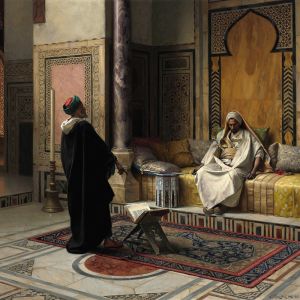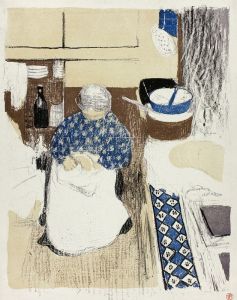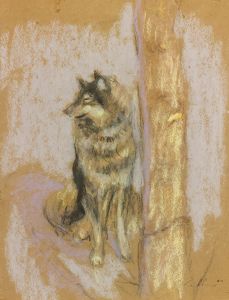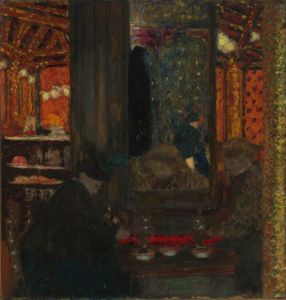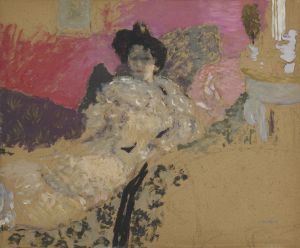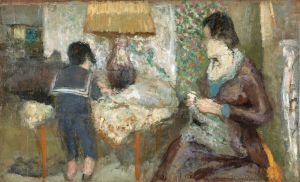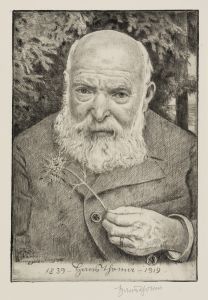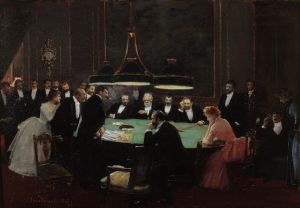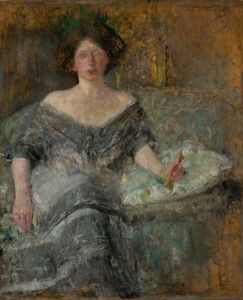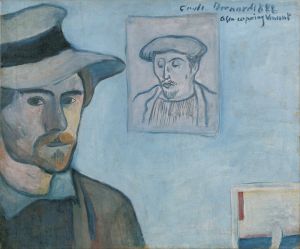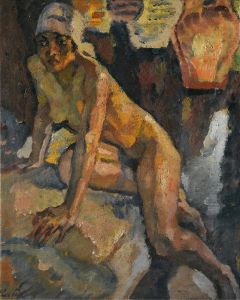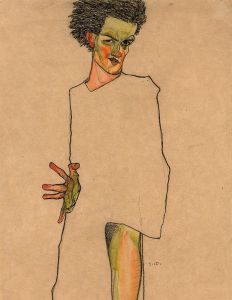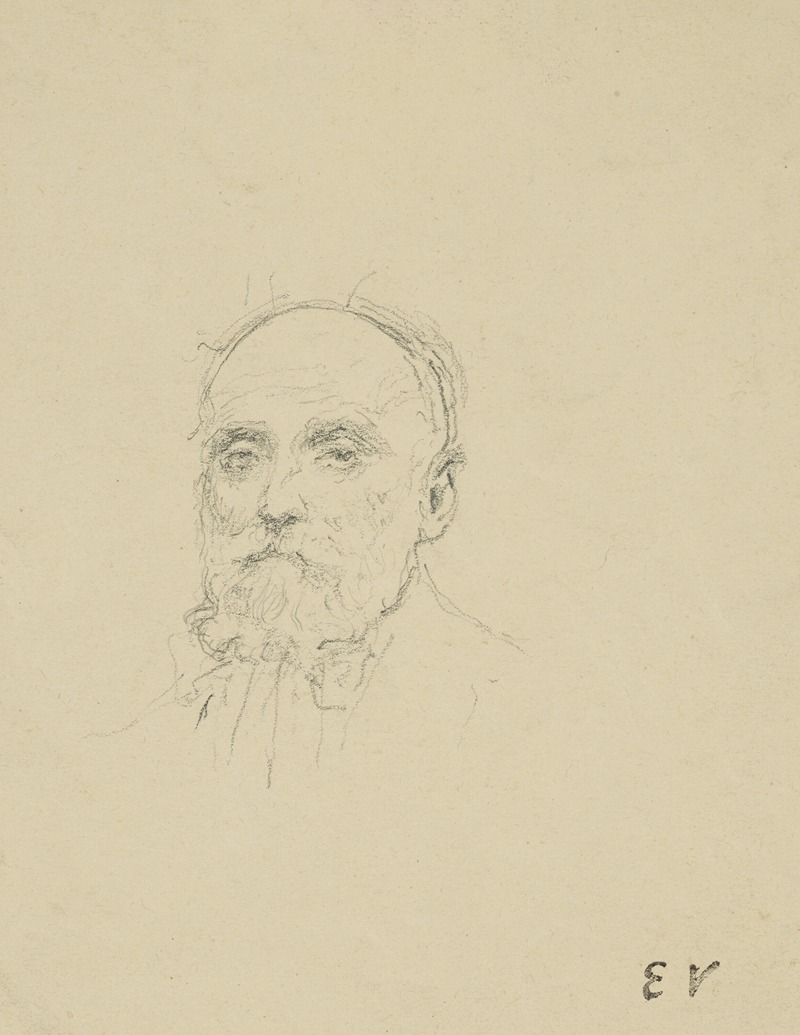
Autoportrait
A hand-painted replica of Édouard Vuillard’s masterpiece Autoportrait, meticulously crafted by professional artists to capture the true essence of the original. Each piece is created with museum-quality canvas and rare mineral pigments, carefully painted by experienced artists with delicate brushstrokes and rich, layered colors to perfectly recreate the texture of the original artwork. Unlike machine-printed reproductions, this hand-painted version brings the painting to life, infused with the artist’s emotions and skill in every stroke. Whether for personal collection or home decoration, it instantly elevates the artistic atmosphere of any space.
Édouard Vuillard's Autoportrait (Self-Portrait) is a work created by the French painter and prominent member of the Nabi movement. Vuillard, known for his intimate domestic interiors and use of rich, decorative patterns, often explored themes of personal reflection in his art. While the exact date of creation for Autoportrait is not definitively documented, it is consistent with Vuillard's broader body of work, which spans the late 19th and early 20th centuries.
Vuillard's self-portraits are relatively rare compared to his other subjects, such as family members, friends, and domestic scenes. In this particular work, he depicts himself with a direct and introspective gaze, offering viewers a glimpse into his personality and artistic sensibility. The painting reflects his characteristic use of muted tones and subtle textures, emphasizing mood and emotion over strict realism. Vuillard's approach to self-portraiture aligns with the Nabi philosophy, which sought to move beyond naturalistic representation to convey deeper symbolic and emotional truths.
The composition of Autoportrait is simple yet evocative, with Vuillard's figure often set against a plain or softly textured background. This minimalism draws attention to the artist's face and expression, highlighting his introspection. The brushwork is delicate, and the palette is restrained, consistent with Vuillard's preference for harmonious and understated color schemes.
As a member of the Nabis, Vuillard was influenced by the work of Paul Gauguin and Japanese prints, which emphasized flat planes of color and decorative patterns. These influences are evident in his broader oeuvre, though his self-portraits tend to be more subdued and personal in tone. Autoportrait serves as a testament to Vuillard's ability to balance simplicity with emotional depth, capturing not only his physical likeness but also a sense of his inner world.
The painting is housed in a private collection or museum, though specific details about its current location or provenance are not widely documented. Vuillard's self-portraits, including Autoportrait, remain significant for their introspective quality and their role in the broader context of his artistic development.
This work is an example of how Vuillard's art bridges the personal and the universal, offering insight into the artist's life while resonating with broader themes of identity and self-perception.





